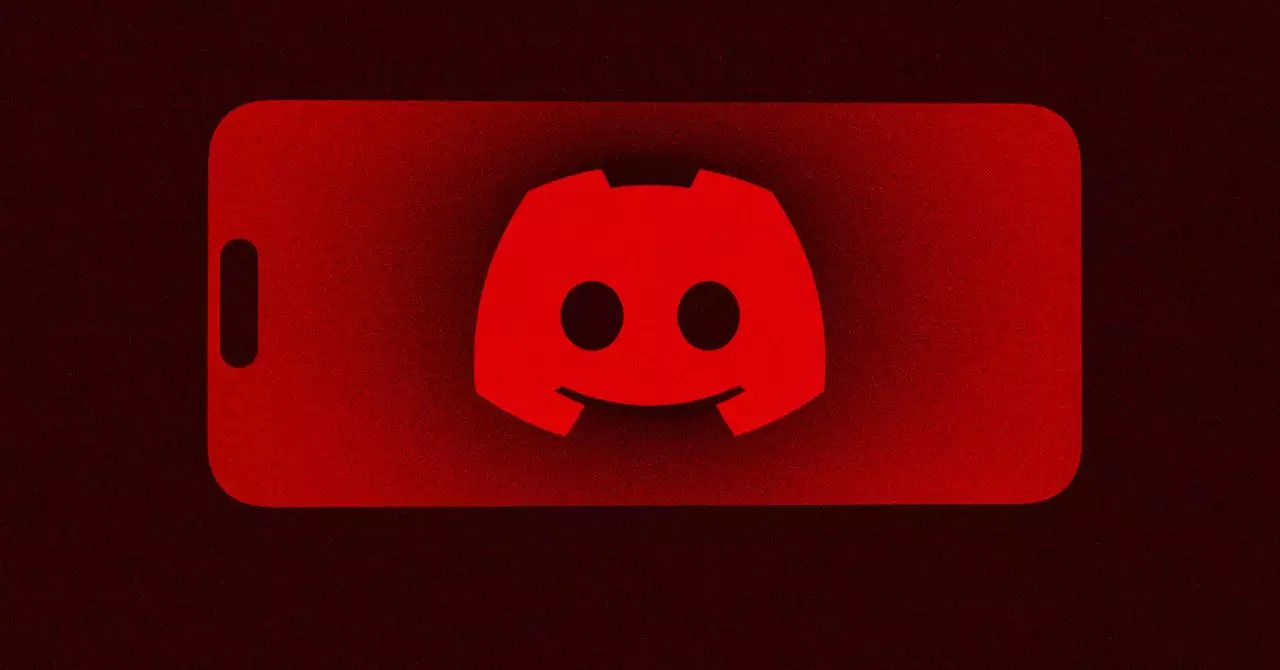As technology continues its relentless march forward, social media platforms have become an ingrained part of our daily lives. Among these platforms, Discord has carved out a unique niche, catering primarily to gamers and communities with shared interests. However, a recent lawsuit from the New Jersey Attorney General’s Office raises serious concerns about the safety of younger users on this popular chat application. The crux of the state’s allegations is that Discord has engaged in “deceptive and unconscionable business practices” that endanger the very demographic it claims to protect.
The lawsuit is not an isolated incident but rather the culmination of years of investigations and tragic events, acting as a bitter reminder that the digital sphere is not always a safe haven for youth. Attorney General Matthew Platkin underscores the gravity of the situation, citing a personal connection to the issue when a family friend voiced distress over his young child’s unmonitored access to Discord. This incident, coupled with the Buffalo mass shooting where Discord served as a channel for violent ideation, paints a troubling picture of the platform’s failure to safeguard its younger users.
A Closer Look at Safety Protocols
Discord’s policies profess to prioritize youth safety; users under 13 are explicitly forbidden from creating accounts, and systems are in place to filter out harmful content. However, critics argue that these measures are riddled with flaws. According to the claims made by Platkin’s office, Discord manages user safety through a tiered system of protection: “Keep me safe,” which scans all incoming messages; “My friends are nice,” which exempts messages from known contacts; and “Do not scan,” which disables message filtering altogether. Alarmingly, the default setting for teenage users is “My friends are nice,” a setting that prioritizes social connections over the critical need for safeguarding against predatory behavior.
This design choice prompts us to question whether Discord is genuinely committed to protecting its young users. The reliance on a user’s own discretion to ensure safety appears naive, especially when young individuals may not be adequately equipped to recognize and respond to potential threats. The lawsuit underscores that Discord’s assurance of creating a “fun and safe space” is disingenuous if safety measures are undermined by user settings that lack adequate protection for minors.
Implications of Legal Action
The New Jersey lawsuit is emblematic of growing tensions between social media platforms and governmental oversight on the issue of youth protection. As states initiate lawsuits against major tech companies, one must wonder about the effectiveness of these legal actions in instigating tangible change. Past lawsuits targeting giants like Facebook and Twitter have often yielded mixed results, leading to skepticism about whether such litigation can truly compel social media platforms to improve safety standards.
This particular legal action against Discord could serve as a pivotal moment, potentially galvanizing a broader movement that demands accountability from social media. Furthermore, it raises essential questions: How much responsibility do companies have for ensuring user safety, especially for vulnerable populations like children and teenagers? Would stricter regulations lead to a dramatic shift in user experience, pushing the boundaries between corporate responsibility and consumer empowerment?
The Broader Conversation on Digital Age Safety
Beyond the implications for Discord, this lawsuit could catalyze a larger conversation about the necessity for stricter regulations governing online platforms. In an age where children increasingly navigate digital landscapes unsupervised, the need for robust safety measures is more pressing than ever. Policymakers must engage in meaningful dialogue with technology companies to ensure they prioritize user safety above profit margins.
Fortunately, initiatives are already in motion, with various stakeholders—from parents to educators and lawmakers—demanding improvements in digital safety protocols. Empowering users, particularly young ones, with information and tools can also play a critical role in navigating potentially hazardous online interactions. As this discussion unfolds, one thing becomes clear: the digital world must evolve to meet the safety needs of its most vulnerable users.
In light of the accusations leveled against Discord, it is imperative that both the platform and its counterparts heed the warnings and take substantial steps to bolster protections for younger audiences. The stakes are too high to disregard, and it’s time for the tech industry to step up and ensure that the digital realm is a more secure space for the youth of today and tomorrow.

